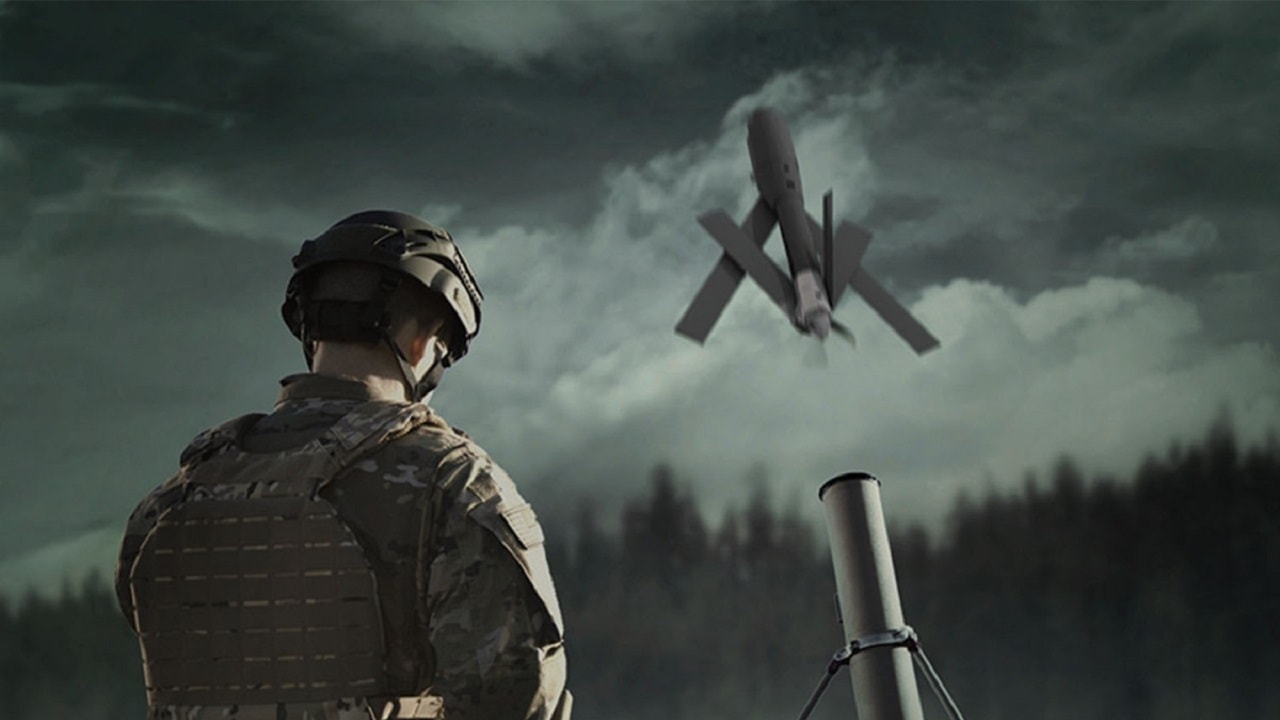Earlier this week, Ukrainian President Volodymyr Zelensky warned his people that Russia is likely planning a protracted campaign of aerial bombardment and attacks employing Iranian-made drones.
(Subscribe to Our YouTube Channel Here. Check out More 19FortyFive Videos Here)
The goal of this aerial campaign of terror is to “exhaust” Ukraine into submission.
“We have information that Russia is planning a long-term attack using Shahed drones,” Zelensky cautioned. “It is probably banking on exhaustion. Exhausting our people, our anti-aircraft defenses, our energy” and that Ukraine would “act and do everything so that the terrorists fail in their aim.”
Russian drones have increasingly targeted critical infrastructure in Kyiv and surrounding areas since October when Moscow changed its strategy as its forces were driven back on the battlefield.
Ukrainian cities came under attack on New Year’s Eve and early on New Year’s Day, and more than 80 of the Iranian-supplied drones were reported to have been shot down. However, some have still gotten through, killing at least five people and wounding dozens more.
Ukraine Drone Attacks: Slow But Still Deadly
The Iranian Shahed drones are relatively slow-moving, which can make them an easy target for Ukraine’s air defenses.
However, Moscow’s strategy has been one of volume – launching massive numbers of uncrewed projectiles at a particular target, which essentially overwhelms the Ukrainian surveillance and air defense systems.
It is unknown how many of the Shahed drones the Kremlin has in its arsenal.
The Islamic Republic had initially denied supplying Moscow with the unmanned aerial systems (UAS), but in November admitted that a “limited number” had been supplied prior to Russia’s invasion last February.
Zelensky has rejected Tehran’s claims, arguing that the number of Shahed drones shot down would greatly exceed what Iran had claimed were provided to the Kremlin’s forces.
Western officials believe Iran has continued to supply Russia with the drones, but questions linger as to how Tehran has been able to produce the drones given Western sanctions. Where there is a will, there is a way.
CNN reported on Wednesday that parts made by more than a dozen U.S. and Western companies had been found inside one of the Iranian Shahed drones. The components ranged from semiconductors and GPS modules to larger parts, including the engines.
Of 52 parts found in an Iranian Shahed-136, 40 appeared to have been manufactured by 13 different American companies while the remaining 12 components were produced by companies in Canada, Switzerland, Japan, Taiwan, and China. The company that built the downed drone, Iran Aircraft Manufacturing Industries Corporation (HESA), has been under U.S. sanctions since 2008.
It is unlikely that the American companies knowingly provided the parts directly to the Iranian-based HESA, but on the global market, it is increasingly difficult for manufacturers to know where their products end up.
As CNN also reported, it is far easier for Russian and Iranian officials to set up shell companies to purchase the equipment and evade sanctions than it is for Western governments to uncover those front companies.
Though it is possible to stop the flow of some of the larger components, microchips are often sold by third-party distributors and resellers. That can make it harder to track, while the size makes it all the easier to smuggle. As a result, Iran will likely continue to produce the drones, and Russia will, unfortunately, continue to target Ukraine’s cities.
MORE: Putin Will Flip – Ukraine Is Getting Patriot Missiles
MORE: Could India and China Be Headed for War?
Author Experience and Expertise: A Senior Editor for 19FortyFive, Peter Suciu is a Michigan-based writer. He has contributed to more than four dozen magazines, newspapers, and websites with over 3,200 published pieces over a twenty-year career in journalism. He regularly writes about military hardware, firearms history, cybersecurity, politics, and international affairs. Peter is also a Contributing Writer for Forbes and Clearance Jobs. You can follow him on Twitter: @PeterSuciu.

